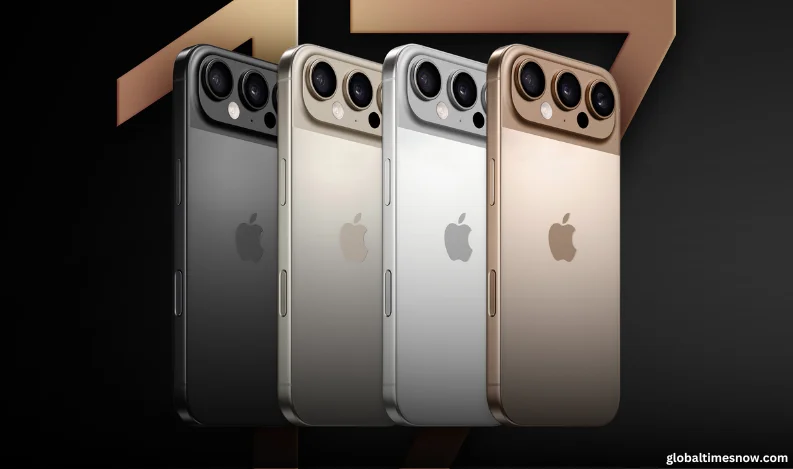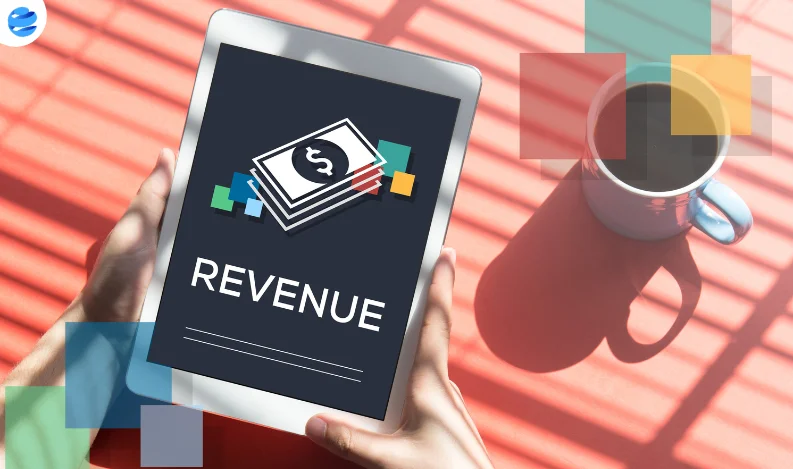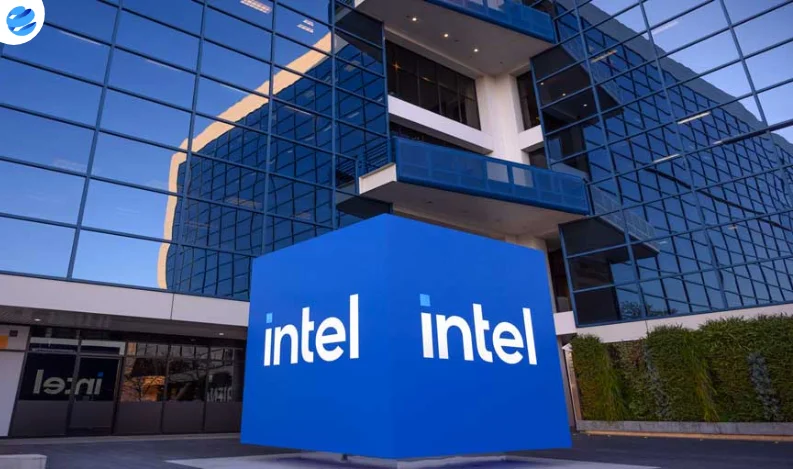Apple’s highly anticipated iPhone 17 series and its first foldable iPhone are generating excitement following recent leaks. New details suggest significant design updates, hardware improvements, and a groundbreaking foldable device, set to challenge rivals like Samsung’s Galaxy Z Fold.
Apple’s highly anticipated iPhone 17 series and its first foldable iPhone are generating excitement following recent leaks. New details suggest significant design updates, hardware improvements, and a groundbreaking foldable device, set to challenge rivals like Samsung’s Galaxy Z Fold.
iPhone 17 Series: What to Expect
Leaked images from Sonny Dickson reveal design elements of the upcoming iPhone 17, iPhone 17 Air, iPhone 17 Pro, and iPhone 17 Pro Max, expected to launch in September 2025. The images, reportedly based on manufacturing prototypes, showcase Apple’s evolving design language.
Key Design and Hardware Updates
-
Physical Buttons Remain: The Capture Button and Action Button, introduced in the iPhone 16 lineup, will continue in all four iPhone 17 models.
-
Slimmer iPhone 17 Air: Apple is introducing a notably thinner iPhone 17 Air, featuring a large rear camera bar, suggesting an advanced camera system.
-
Front Camera Reorientation: Leaks indicate a redesigned front-facing camera and sensor layout, likely to accommodate the new camera bar.
-
Possible USB-C Removal: While unconfirmed, speculation suggests Apple may remove the USB-C port, opting for a fully wireless charging and cloud-syncing experience.
Apple’s Foldable iPhone: A Game Changer?
Apple is reportedly developing a foldable iPhone, with a possible release in late 2026 or early 2027. The device is expected to introduce new materials and engineering breakthroughs, enhancing durability, portability, and power efficiency.
Foldable iPhone: Expected Features
-
Book-Style Design: The device will feature a 7.8-inch inner display and 5.5-inch outer display, similar to the Samsung Galaxy Z Fold, rather than a clamshell form factor.
-
Liquid Metal Hinge: Apple is using liquid metal for the hinge mechanism, provided exclusively by Dongguan Yi’an Technology, to enhance durability and reduce screen creasing.
-
Ultra-Thin Build: Apple aims for an ultra-slim profile, measuring 4.5mm when unfolded and 9-9.5mm when folded.
-
Touch ID Instead of Face ID: The Touch ID power button may replace Face ID, possibly due to space constraints.
-
High-Density Battery and Titanium Frame: The device will feature Apple’s C1 chip, a high-efficiency 5G modem, and a larger battery, housed in a premium titanium chassis.
Pricing and Market Impact
Analysts predict that the foldable iPhone could launch at a starting price of $2,299, nearly double the iPhone 16 Pro Max. This premium pricing positions it as a high-end competitor to Samsung’s Galaxy Z Fold series.
Apple’s Foldable iPhone vs. Samsung Galaxy Z Fold
Apple’s foldable iPhone aims to surpass its competitors by focusing on:
-
Creaseless Display – Enhanced durability and a seamless fold.
-
Liquid Metal Hinges – A more robust and long-lasting fold mechanism.
-
Longer Battery Life – Optimized power efficiency with high-density components.
Final Thoughts
With its iPhone 17 series and first-ever foldable iPhone, Apple is making bold design choices, from potentially ditching USB-C to introducing ultra-thin and durable folding technology. These innovations could set new industry standards, forcing competitors to accelerate advancements in foldable and next-gen smartphone technology.























